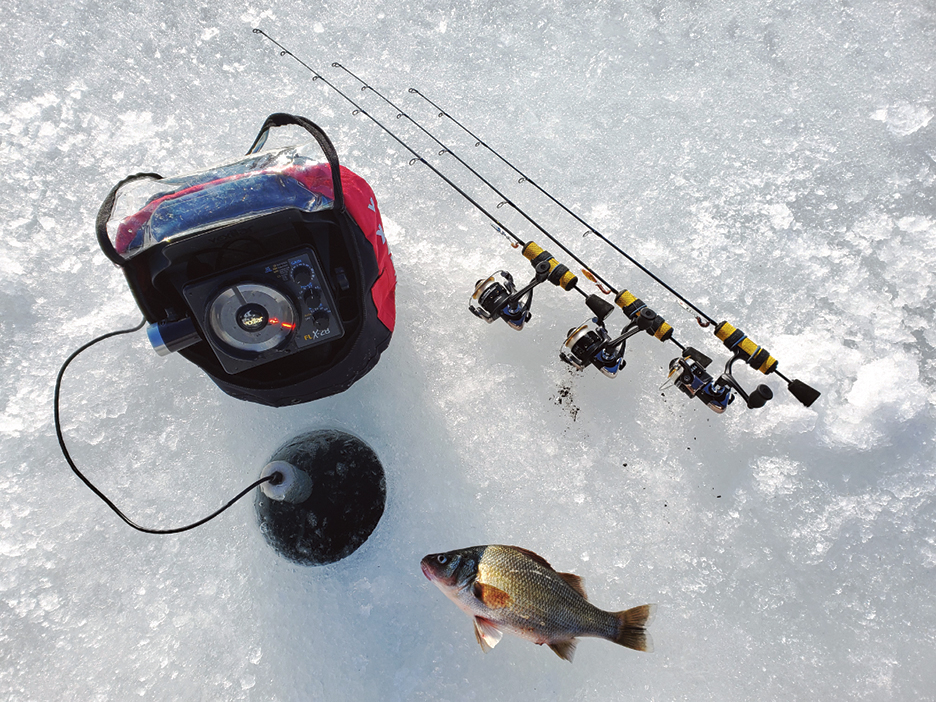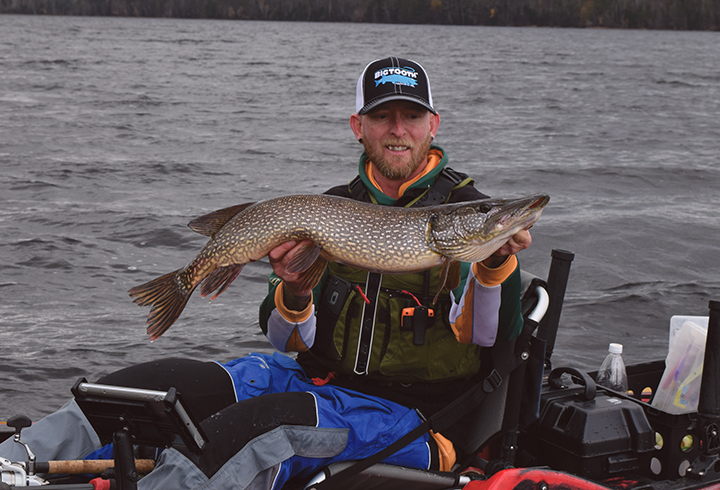Selecting Lure Colors


By Tim Moore
Contributing Writer
I always tell people that lure color should be one of the last things you change when fish aren’t biting. Change size, shape, even presentation, before you change color. Since they are near-sighted, vision is close to the bottom of the list of senses that fish use when feeding. Moreover, the wavelength of certain colors and the available light plays a large part in which colors fish see best. A little understanding of the senses fish use goes a long way.
The biggest factors in lure selection should be shape of your lure and the type of bait, if any, that you put on it. Fish use their lateral line system, which is made up of hair-like mechanoreceptors called neuromasts that detect changes in water pressure created by vibrations or displacement. Their lateral line system is so sensitive that fish can even determine which direction the vibration is coming from by which direction their lateral line hairs move. Fish can key in on an object’s movements from much greater distances than their vision can detect.
Fish also have a very sensitive olfactory system, which they use to detect odors in the water. Olfactory detection of food is limited by direction of currents. Only after a fish has zeroed in on its meal using its lateral line or olfactory system will it rely on its vision. So, unless there are fish directly under or around you, you don’t need to worry much about what color lure you are using.

When there are fish within sight of your lure, then color becomes important. You want a color that will stand out to your target species. The old adage is to match your lure color to the light conditions. Use bright colors on bright days, neutral colors on cloudy days, and dark colors at night. Red is the first color to disappear since it has the shortest wavelength, followed by orange, yellow, green, and blue. The deeper your lure sinks, the more these colors (in that order) will disappear or turn black. As light fades, these colors will disappear or appear black to fish. Gold and silver are only good on bright days because they reflect the available light.

I typically have red, orange, green, blue, white, and gold lures in every jig box. Knowing the natural forage of your target species can also give you a leg up. The available light and type of prey your quarry is chasing will determine which color lure you should ultimately use, but a good starting point is to match the available light – bright colors on bright days, etc. – but before you change color, change your presentation. Sometimes the slightest difference in the way you present your jig will have far more impact than anything else.
Tim Moore is a full-time professional fishing guide in New Hampshire. He owns and operates Tim Moore Outdoors, LLC. He is a member of the New England Outdoors Writers Association and the producer of Tim Moore Outdoors TV. Visit www.TimMooreOutdoors.com for more information.



